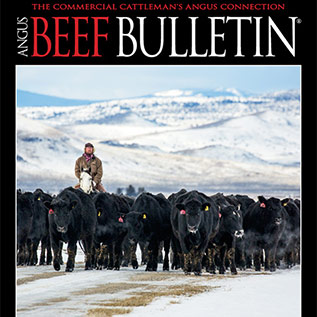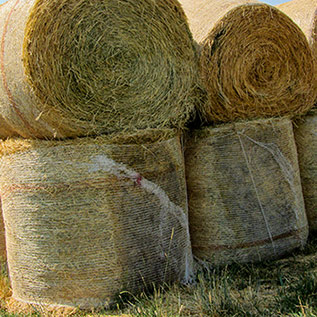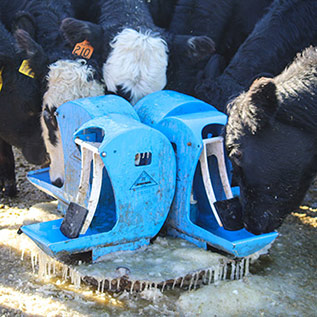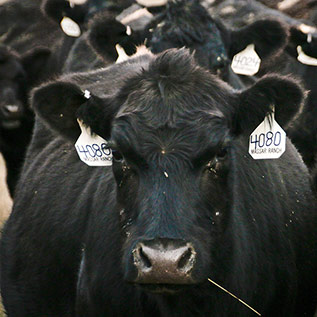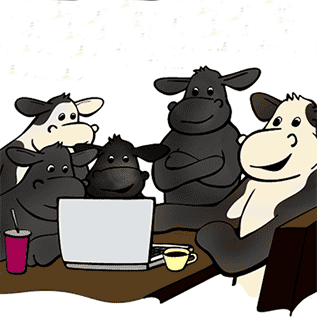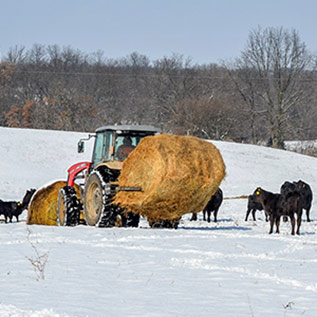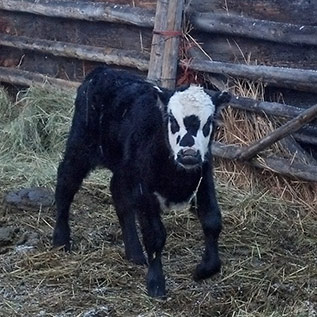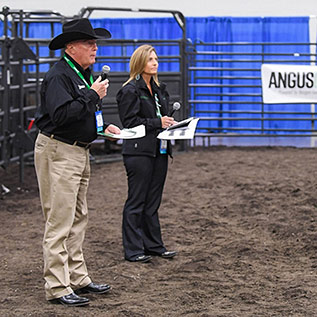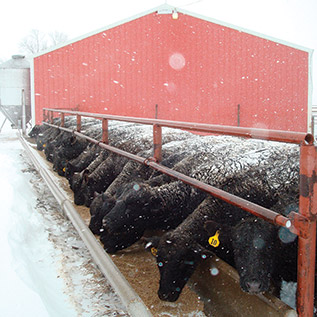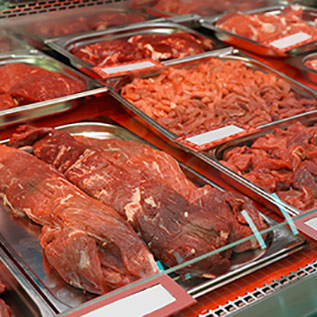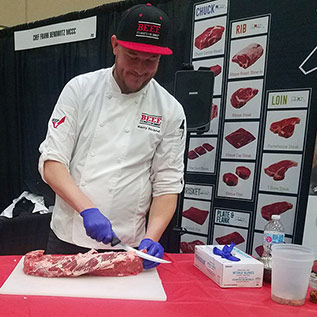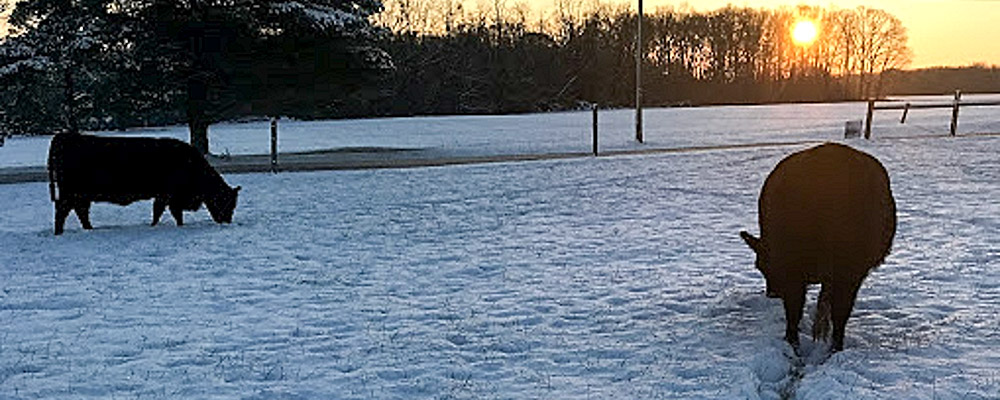
How to Make the Most of Winter Pastures
Mature, dormant winter pastures must be managed carefully to ensure optimal performance.
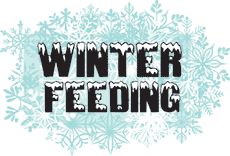
Imagine cattle herds grazing tall, nutrient-rich grasses year-round, with no worry of snow cover or dormancy. Although this utopic scenario sounds pretty great, it’s just too good to be true here in cow country, U.S.A.
A majority of the land producers have to graze during winter months is mature, dormant forage that is low in protein. It must be managed carefully as it doesn’t regenerate itself until springtime, and it requires proper supplementation so the cattle can best utilize the nutrients it does contain.
Casey McMurphy, beef & dairy field support for BioZyme Inc., says several factors play into the nutritional needs of the herd during the winter; however, the most significant is the cow’s stage of production. In short, McMurphy says the cows in early and mid-stages of gestation have a lower energy requirement than those cows in late gestation and early lactation.
“As with any lowly digestible roughage, rumen degradable protein will increase digestibility and increase total intake during the winter. In a perfect scenario, a producer would feed 2-4 pounds of a high-protein product [i.e, 30%-40% crude protein (CP)] when there is ample forage and then two to three times more pounds of a lower-protein, higher-energy supplement (i.e., 20%-25% CP) when cows are in late gestation and in early lactation. This will depend on a producer’s calving season as it relates to timing,” McMurphy says.
When producers are preparing for winter grazing and planning their pasture stocking and feeding plans, McMurphy says they should plan for a dry-matter intake (DMI) of approximately 2.5% of body weight per day. They will also need to have an idea of tons of standing forage to calculate an appropriate stocking rate.
After this is determined, and if there is need to extend roughage sources, they can consider feeding an increased amount of starch or fat to stretch their resources. Corn is just one ingredient that works to extend roughage sources and might be more cost-effective than hay. He says 1 lb. of corn equals 2-3 lb. of hay, and may be a more economical energy source, depending on location.
Short-term winter pasture alternatives do exist. Producers who have cornstalks available to them should consider grazing stalks. McMurphy says the same supplementation challenges exist with stalks as with pastureland, and protein is a key priority. He also suggests turning cows and bred heifers on winter wheat pasture, but reminds producers to supplement with good wheat pasture mineral or a high-magnesium mineral if calving to help prevent milk fever.
When feeding tub minerals and supplements, distribution is important to remember, McMurphy reminds. If producers move the tubs around the pasture each time they put new tubs out, the cows will graze a larger area.
Since winter is inevitable, producers can still make the most from the pastures they’ve stockpiled during the late summer and fall.
Editor’s note: Shelia Grobosky is a public relations specialist for BioZyme Inc. VitaFerm® offers a free Hay Analysis Report Tool that will help you calculate the protein and energy currently in your feed and what is necessary to supplement.



